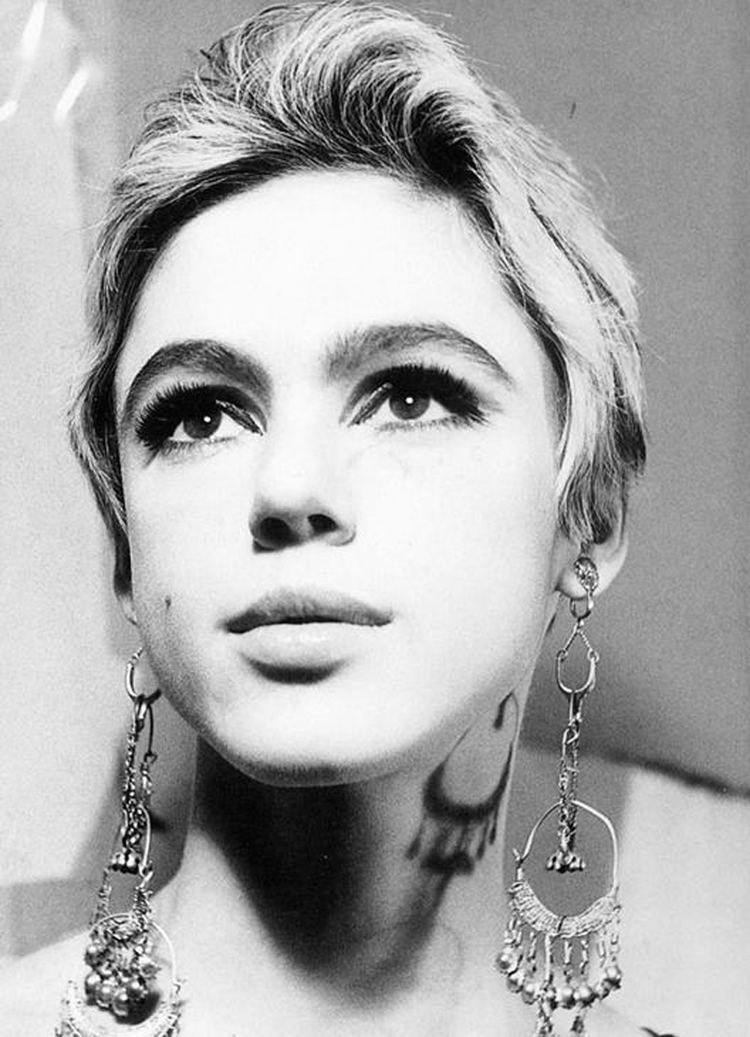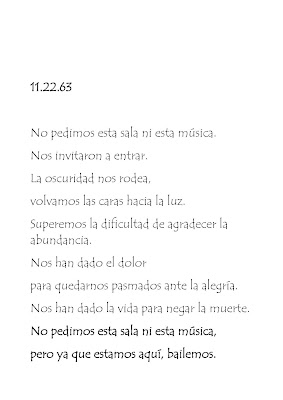The life and death of Edie Sedgwick, a woman whose name has become synonymous with the glamour and tragedy of the 1960s, is a tale that continues to fascinate and haunt us to this day. As a member of Andy Warhol’s Factory and a star of his experimental films, Edie Sedgwick’s rise to fame was meteoric, but her descent into darkness was equally rapid.
Born on April 20, 1943, in Santa Barbara, California, Edie Sedgwick was the seventh of eight children in a wealthy and influential family. Her early life was marked by privilege and turmoil, with a father who was a successful rancher and a mother who struggled with mental health issues. Edie’s own struggles with her weight, self-esteem, and family dynamics would later become a hallmark of her adult life.
In the early 1960s, Edie Sedgwick moved to New York City, where she became a fixture of the city’s vibrant art and music scene. It was during this time that she met Andy Warhol, the pioneering artist and filmmaker who would become her mentor, friend, and collaborator. Warhol was immediately drawn to Edie’s unique style, her captivating smile, and her unbridled energy, and he soon cast her in several of his experimental films, including “Poor Little Rich Girl” and “Kitchen.”
Edie’s time at the Factory, Warhol’s legendary studio and gathering place for artists, musicians, and misfits, was marked by a whirlwind of creativity and excess. She became a muse for Warhol, inspiring some of his most iconic works, and a darling of the media, with her face appearing on the covers of top fashion magazines. But behind the glamour and glitz, Edie struggled with addiction, depression, and the pressures of fame.
As the 1960s wore on, Edie’s relationship with Warhol began to fray, and she started to drift away from the Factory crowd. She began to explore other creative pursuits, including music and writing, but her personal struggles only intensified. In 1967, Edie checked herself into a hospital for treatment of her addiction and mental health issues, but she would continue to battle these demons for the rest of her life.
On November 15, 1971, Edie Sedgwick died at the age of 28, due to an accidental overdose of barbiturates. Her death was a shock to the art world and the wider public, who had been captivated by her provocative style and her tragic, Ng-like beauty. In the years since her passing, Edie Sedgwick has become a cultural icon, a symbol of the fleeting nature of fame and the devastating consequences of addiction and mental illness.
Despite the many challenges she faced, Edie Sedgwick’s legacy continues to inspire artists, musicians, and writers to this day. Her fearlessness, her creativity, and her unapologetic individuality have made her a timeless figure, a reminder that true beauty and genius can be found in the most unexpected places.
Edie Sedgwick's story serves as a cautionary tale about the dangers of fame and the importance of seeking help when struggling with addiction and mental health issues. Her legacy is a reminder that true creativity and genius can be found in the most unexpected places, but it also highlights the need for support and guidance in navigating the challenges of the creative world.
In the aftermath of Edie’s death, many of her friends and contemporaries would reflect on the tragic circumstances of her passing, and the ways in which her struggles had been exacerbated by the excesses and pressures of the 1960s art scene. As the years have passed, however, Edie Sedgwick’s legacy has only grown, inspiring new generations of artists, musicians, and writers to explore their own creativity and individuality.
Edie Sedgwick's life and death serve as a powerful reminder of the importance of seeking help and support when struggling with addiction and mental health issues. Her legacy is a testament to the enduring power of creativity and individuality, but it also highlights the need for greater awareness and understanding of the challenges faced by those in the creative community.
Today, Edie Sedgwick is remembered as a true original, a woman whose style, creativity, and unbridled energy continue to inspire and captivate us. Her story is a reminder that true beauty and genius can be found in the most unexpected places, but it also serves as a warning about the dangers of excess and the importance of seeking help when struggling with addiction and mental health issues.
What was the cause of Edie Sedgwick's death?
+Edie Sedgwick died on November 15, 1971, due to an accidental overdose of barbiturates.
What was Edie Sedgwick's relationship like with Andy Warhol?
+Edie Sedgwick and Andy Warhol had a close and creative relationship, with Warhol casting her in several of his experimental films and Edie serving as a muse for his art.
What is Edie Sedgwick's legacy in the art world?
+Edie Sedgwick is remembered as a true original, a woman whose style, creativity, and unbridled energy continue to inspire and captivate us. Her legacy serves as a reminder of the enduring power of creativity and individuality.
In conclusion, Edie Sedgwick’s life and death are a testament to the enduring power of creativity and individuality, but also serve as a warning about the dangers of excess and the importance of seeking help when struggling with addiction and mental health issues. Her legacy continues to inspire artists, musicians, and writers to this day, and her story remains a powerful reminder of the need for support and guidance in navigating the challenges of the creative world.



